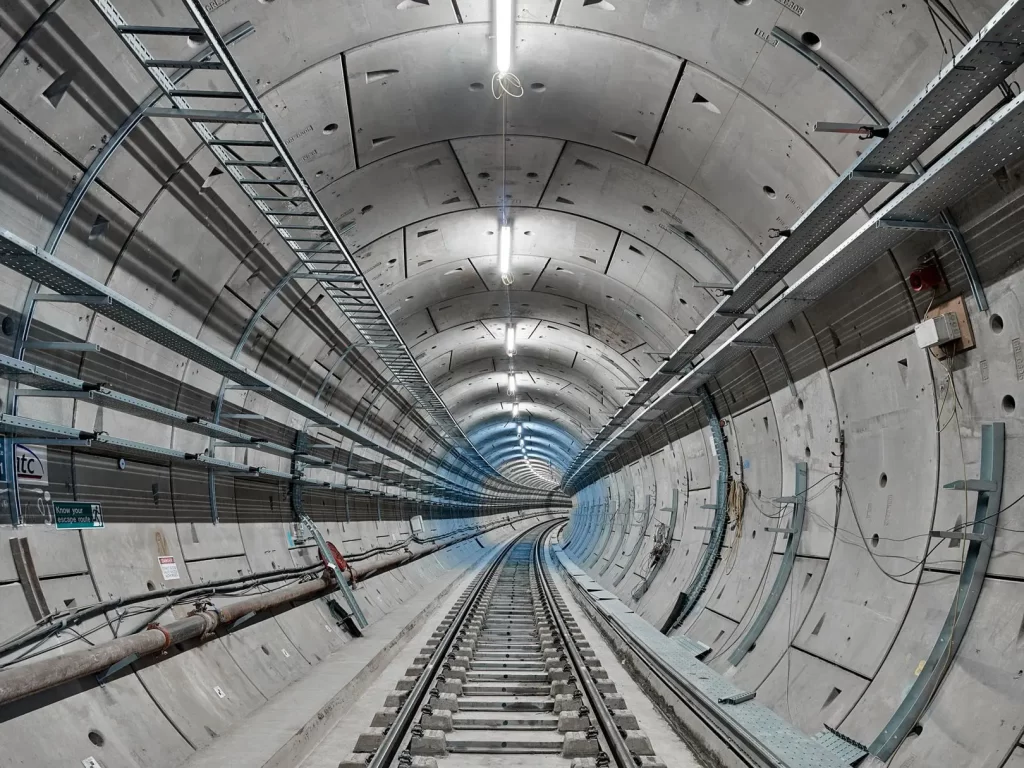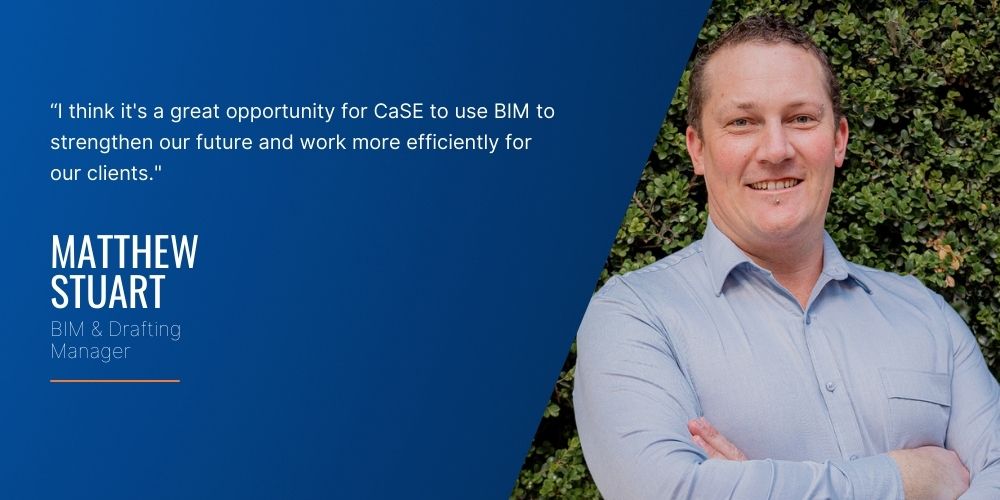
Over the last 50 years, the Architecture, Engineering and Construction industry has faced massive changes. From the transition of pencil and paper to digital, one thing is certain: technology is here to stay.
CaSE embraces new technologies that enable us to keep moving forward. This is the core reason why we have adopted Building Information Modelling (BIM) in our practices for some time now. Our company continues to provide stellar quality of service to your projects through our talented BIM Drafting team members, Matthew Stuart and Giovanni Agostini.

For those of you who aren't familiar, Building Information Modelling (BIM) is a revolutionary digital process that allows you to plan, design, and construct a structure/building within one 3D model. Throughout the years, this method has been proven exceptionally beneficial, particularly for complex designs (such as Shanghai Disneyland & Cross Rail UK).
BIM operates in a collaborative nature that allows all stakeholders to be involved from the beginning to the end. When you're working through BIM, everyone stays informed together by accessing a central database.
Interestingly, this method also gives a direct link to all information such as costing, material type, and performance data. Truly a game-changer for companies. Why? Because when one person coordinates updates and shares design data, it will also be shared across all members.
As our industry is becoming more complex and digitalised, this automated process helps engineers to better predict a project’s performance to increase safety, constructability, and sustainability before it is built.
Saving on manual tasks means it saves on reworking, leading to less risk of going over budget. The increased accuracy also helps the effectiveness of the overall scheme of the project which can massively save on unnecessary materials.
At the end of the day, when a company uses BIM it creates better decision-making, improved safety, and great collaboration. We agree that it is an essential capability to provide BIM to compete at an elevated level in the industry.
"Digitalising the workflow with BIM means improving coordination, collaboration, productivity, and accuracy." said Giovanni Agostini

As a subcontractor, incorporating BIM into the workflow is highly advantageous. Subcontractors typically do 90% of the labour yet they do not always receive a high number of inputs throughout the process.
Now, having access to the BIM model before starting a project allows subcontractors the ability to see and prepare themselves on what the project involves. It also shares the concerns that may have been overlooked by the management team.

Would you like our incredibly talented BIM team to assist your project? Contact our BIM and Drafting Manager, Matthew Stuart to learn more about how your business can start benefiting through BIM as well.